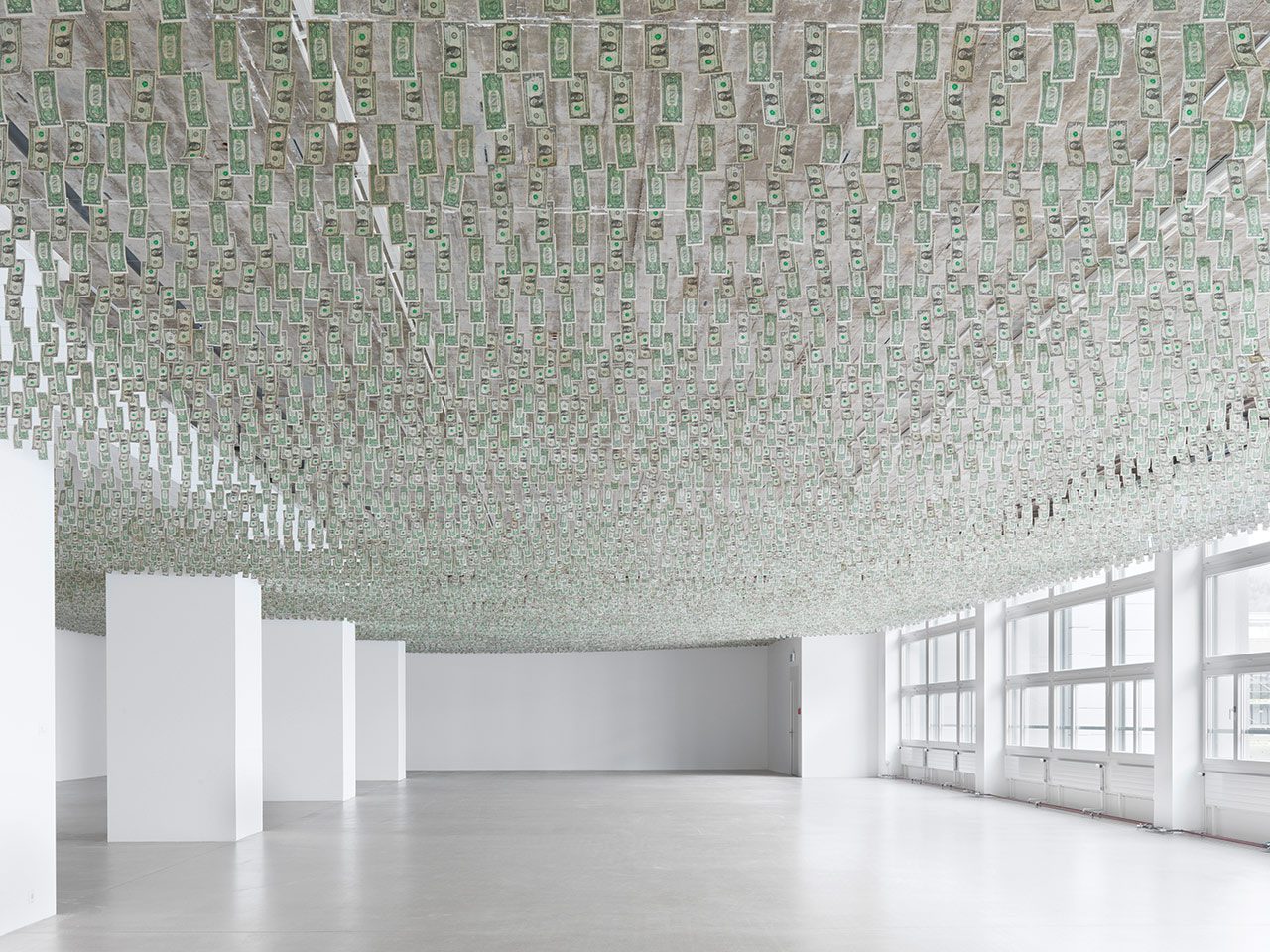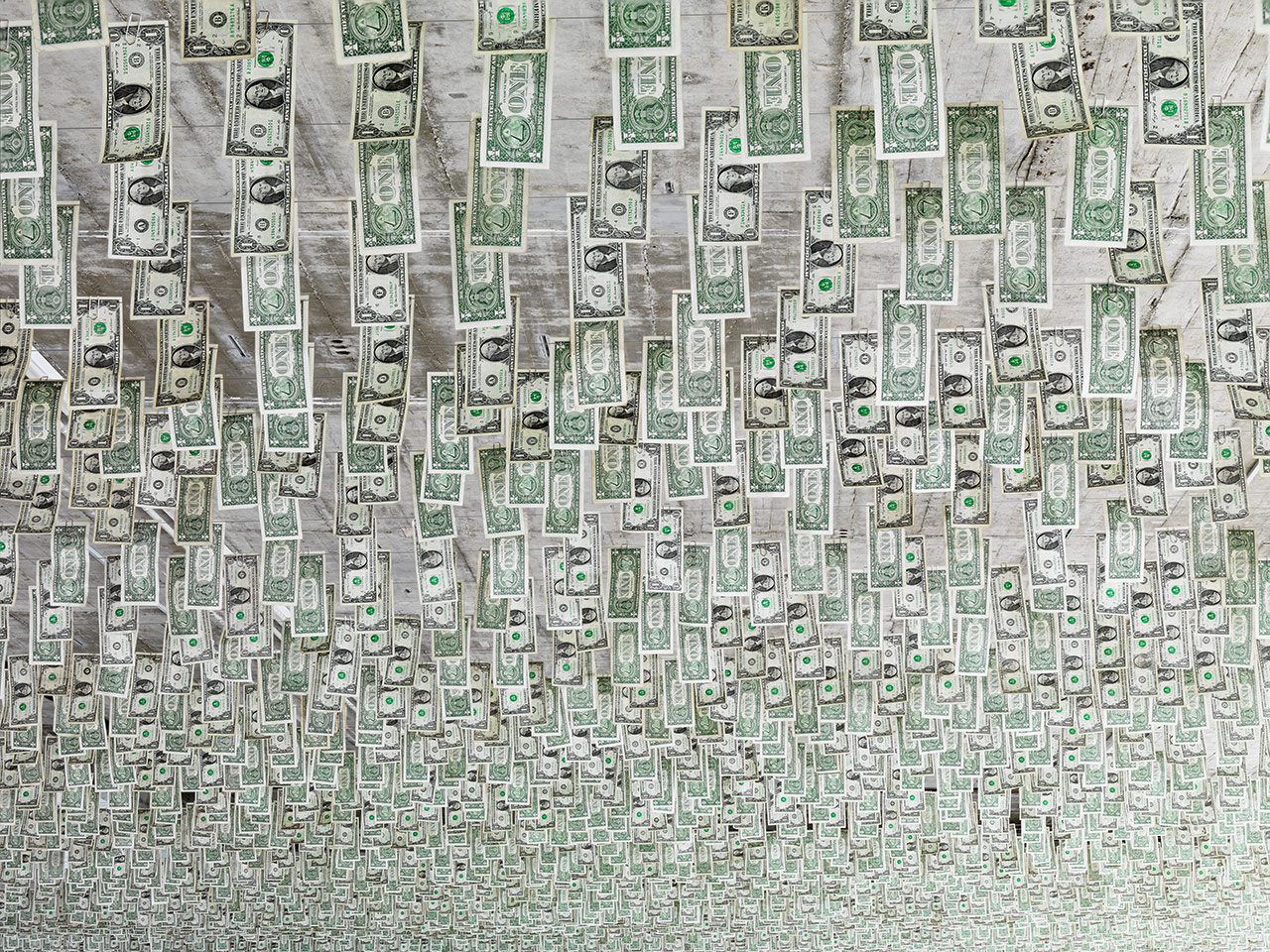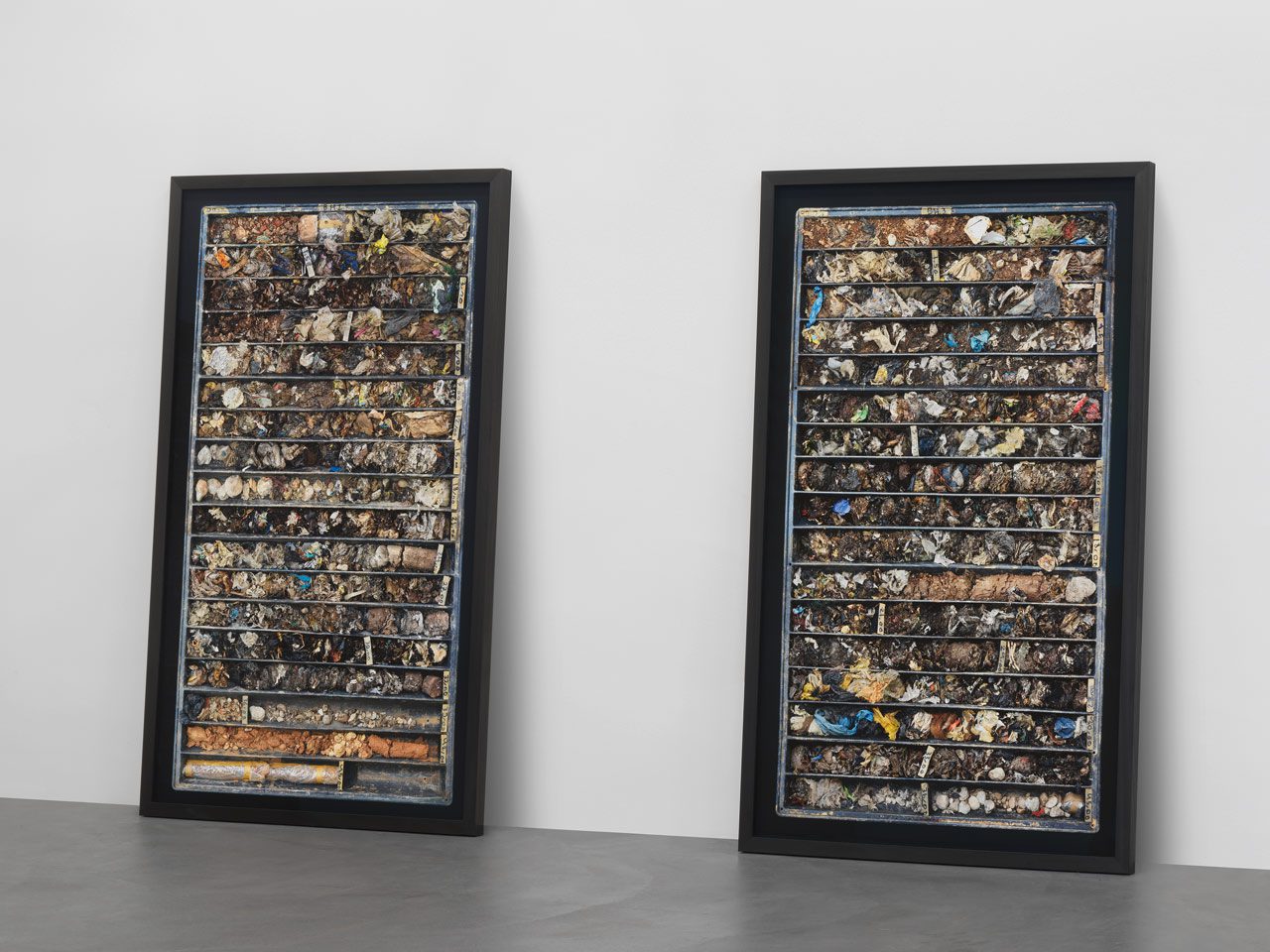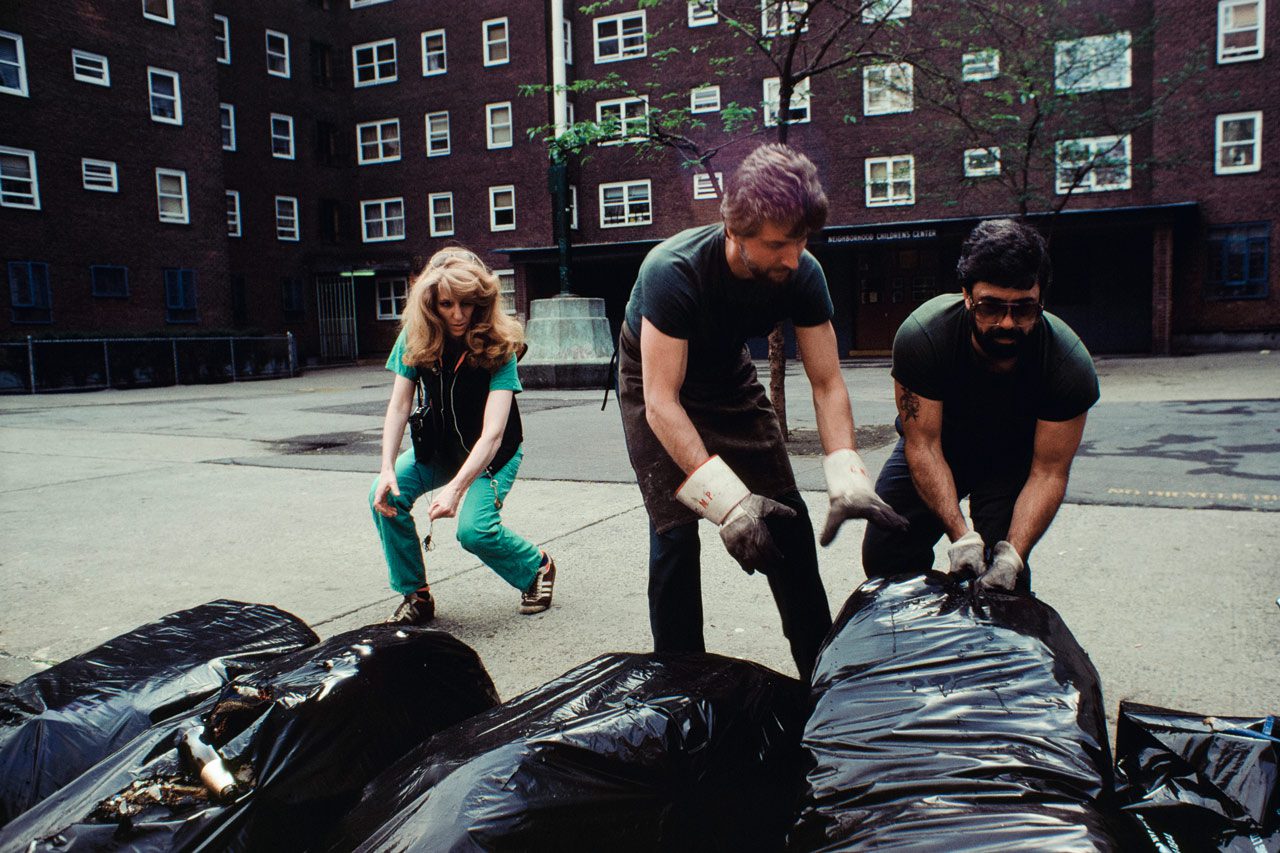ART CITIES: Zürich-Accumulation, on Collecting, Growth and Excess
What is the price to pay for the logic of growth? We can barely imagine a life without accumulation. Whether money, property, clothing or technical devices, material possessions determine our daily life. Yet immaterial values such as social status, influence, wealth or knowledge are also accumulated. They decide who we are and how we see ourselves both individually and socially.
By Efi Michalarou
Photo: Museum für Gegenwartskunst Archive
The second chapter of “Accumulation—on Collecting, Growth and Excess” builds upon the foundational themes introduced in the first part of the exhibition series. Continuing its exploration of the logic and consequences of accumulation, this sequence intensifies the focus, investigating how the relentless pursuit of growth permeates and shapes the structures of everyday life. Drawing from the museum’s collection, international loans, and newly commissioned works, the exhibition brings together diverse artistic voices that enter into dynamic dialogue across temporal, cultural, and geopolitical contexts. These works expand the discourse initiated in the first sequence—which examined how accumulation upholds neo-colonial systems, resource extraction, labor exploitation, and eurocentric hierarchies—by tracing the material residues and embodied effects of growth. Sequence II poses a pressing question: How does the principle of accumulation influence the global circulation of people, goods, and capital in a world marked by economic disparities, ecological emergencies, and entrenched power asymmetries? Through this inquiry, the exhibition illuminates the complex entanglements between structural systems and individual lives, between private consumption and public consequence. Set within the age of the Anthropocene (where human activity is the dominant force altering Earth’s ecosystems) the works on view expose the deep fractures caused by extractive economies: from the environmental degradation of fast fashion and the depletion of finite resources, to the swelling landfills of urban centers and the unchecked sprawl of consumption. Financial flows are examined not merely as abstract currents, but as agents that profoundly shape political, social, and cultural realities across borders. Several works foreground the materiality of colonial histories, using substances like mahogany to confront the legacy of slavery, imperial exploitation, and the ongoing movement and trauma of the Black diaspora. Others spotlight the hidden infrastructures—such as submarine cable networks—that quietly sustain the digital age, drawing attention to the often invisible architecture of global connectivity. The exhibition suggests, leaves behind more than just visible marks—it imprints bodies, ecologies, and communities with both recognizable traces and irreparable scars. Yet it is within these very fractures that seeds of resistance, care, and resilience begin to emerge. Artists propose counter-narratives and alternative imaginaries: strategies of collective healing, ecological stewardship, and systemic reparation. Throughout both sequences of the exhibition, a critical through-line remains: the self-reflexive examination of the museum’s role in collecting—and by extension, accumulating—power. What would it mean to reimagine collecting not as a form of possession, but as an ethical practice rooted in responsibility, equity, and openness? What new institutional models might arise from such a rethinking? To foster this exploration, the exhibition is accompanied by a vibrant program of talks, workshops, and collaborations developed with artists, thinkers, and communities. These platforms invite open dialogue, offering a space to confront difficult questions, exchange ideas, and envision transformative possibilities. Ultimately, “Accumulation” is not only an inquiry into the destructive logics of excess. It is a call to notice the ruptures, to recognize acts of refusal, and to imagine new societal frameworks. In mapping both the scars and the strategies, the exhibition offers a compelling invitation: to reflect, to reckon, and to reimagine.
With works by: Bare Minimum Collective, Wang Bing, Anne-Lise Coste (Uruk), Rhea Dillon, Rindon Johnson, Nils Amadeus Lange, Mimi Ọnụọha, Sandra Poulson, Daniel Arnan Quarshie, and Raqs Media Collective
Photo: Sandra Poulson, Hope As a Praxis, 2021, Courtesy the artist and Jahmek Contemporary Art
Info: Curators: Tasnim Baghdadi and Nadia Schneider Willen, Assistant Curator: Paula Thomaka, Linda Addae and Mirta Gianocca, Migros Museum für Gegenwartskunst, Limmatstrasse 270, Löwenbräukunst, Zürich, Switzerland, Duration; 13/6-27/7/2025, Days & Hours: Tue-Wed & Fri-Sun 11:00-18:00, Thu 11:00-20:00, https://migrosmuseum.ch/







